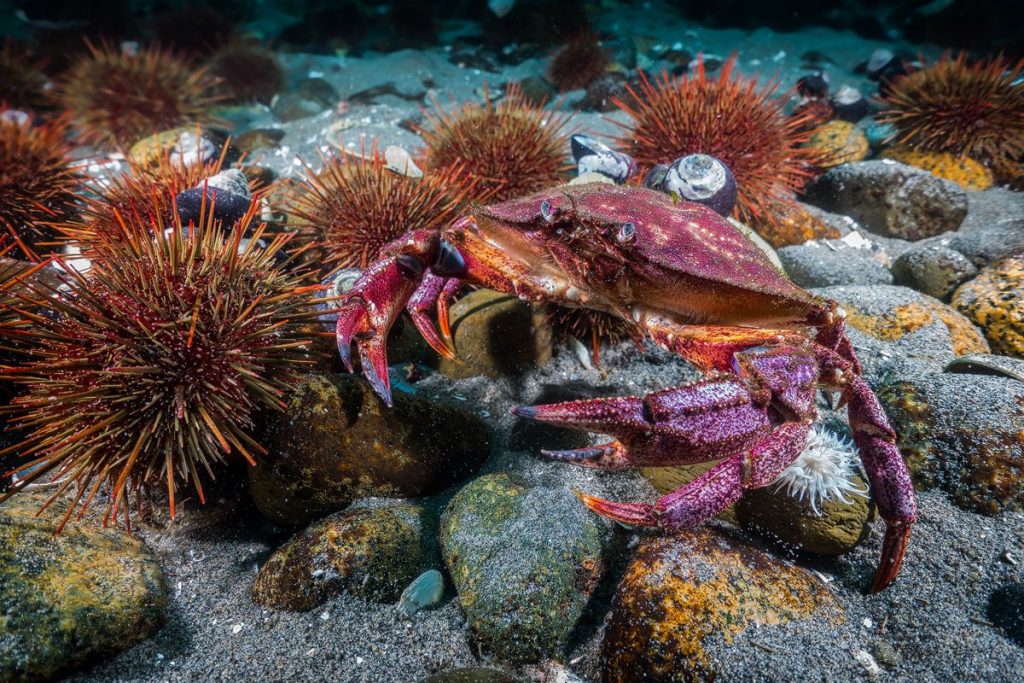Understanding biological responses of marine organisms is paramount to improve prediction of the fate of biological systems in coastal areas, and yet understanding the effects of both current exposure to low pH/high pCO2 and hypoxia and the challenges imposed by long-term Ocean Acidification and Deoxygenation. In order to best address this challenge, and determine to what extent organisms are able to deal with their natural, local variability, and explore how organisms could respond to future changes, relevant experiments can be parameterize using fine temporal and spatial scale on pH/O2 variability regimes. Here, by understanding the changes in coastal variability regimes, and its consequence on animal physiology, we will help understanding physiological limitations and genetic structure across a mosaic of populations and environmental conditions. Ultimately, we will be able to infer on how selection and acclimatization have helped shaping species’ responses today, and how further changes in variability regime will affect them in the future. Using a heterogeneous spatial environmental mosaic along a region of 300-400 km, our research proposal aim to address four main scientific questions:
- Do spatial mosaics of different oceanographic variability patterns create geographical gradients of selection in natural populations of marine organisms?
- To what extend the decoupling between pH and O2 during extreme events (upwelling) act as a physiological constraint for marine organisms?
- What are the tolerance/sensitivity and plasticity of populations found along the geographical gradient to future global change scenarios of altering natural variability regimes?, and
- Has selection to date promoted an increase in genetic variation for physiological tolerance in extant populations inhabiting different natural variability regime across mesoscale oceanographic scales?
Our methodological approach includes: (i) the oceanographic characterization of mesoscale variability regime by using autonomous sensors, gliders, and remote sensing tools; (ii) experimental work using a novel state-of-art micro/mesocosm system, which mimic the pH and O2 natural variability regimes experienced by different populations, aiming to evaluate the physiological performance and compensatory mechanisms in our biological systems; (iii) incorporate the novel use of “natural variability common-garden experiments”; and finally (iv) the study of the genetic structure and variation in populations subjected to such different pH/O2 regimes. As potential biological study systems, we are considering crustaceans with wide-distribution, peripheral populations and contrasting potential divergence between populations: a low disperser (PLD < 20 days) such as the crab Taliepus dentatus; and a high disperser species with evidences of genetic differences associated to oceanographic barriers, the neritic copepod Acartia tonsa. Answering the fundamental scientific questions identified in our proposal, will help answer concerns of both local and global interest, with important implications for management of coastal ecosystems and environmental policy, as understanding species sensitivity, exposure, and potential for adaptation in a variable environment such as coastal ecosystems is a priority for ocean management strategies and to maintain of biodiversity level within the context of changing-ocean conditions. A multidisciplinary team of national and international collaborators experts in physical oceanography, modeling, physiology, marine, and evolutionary ecology, strengthens this research proposal in order to achieve the proposed scientific goals.


